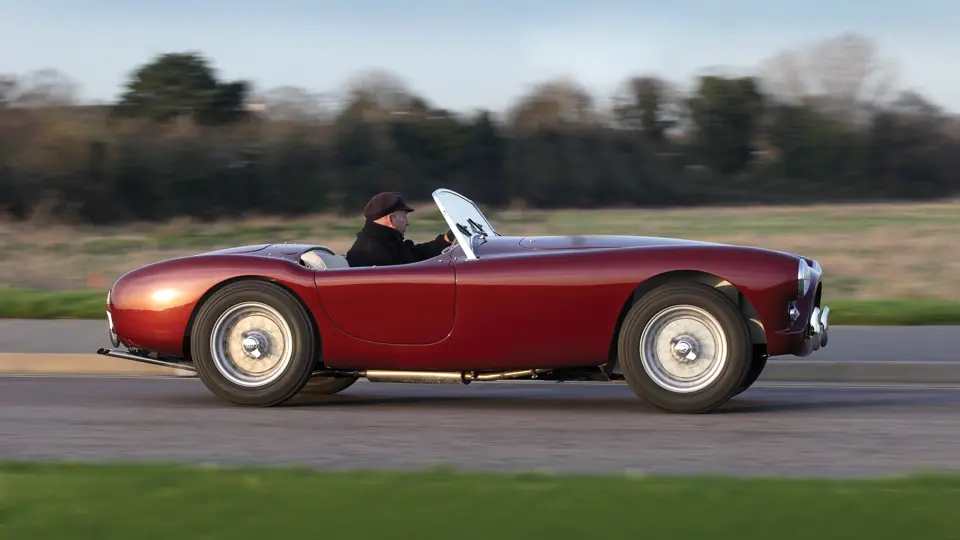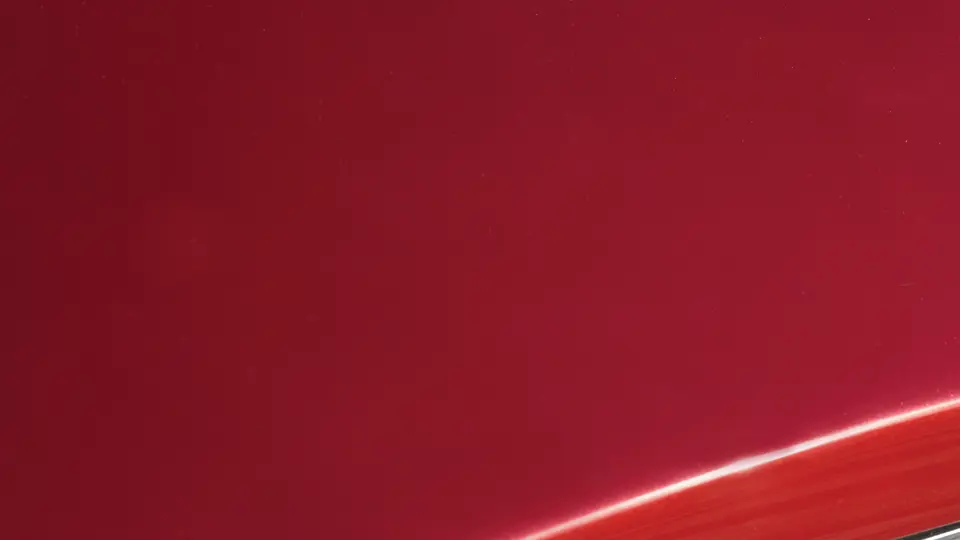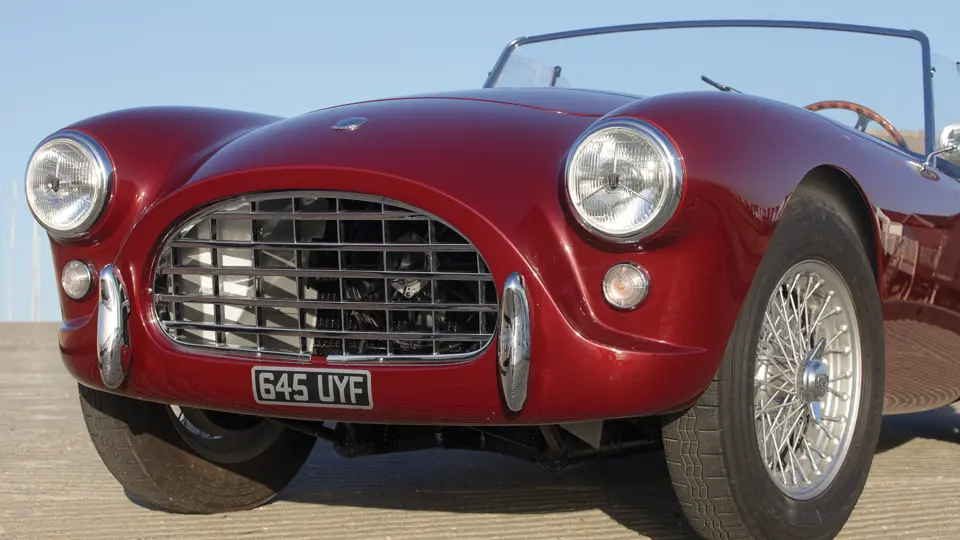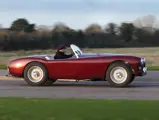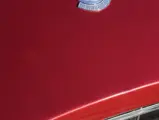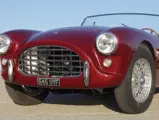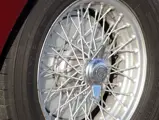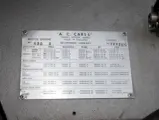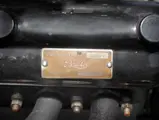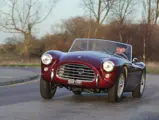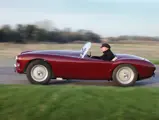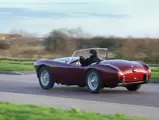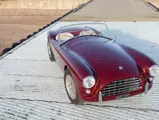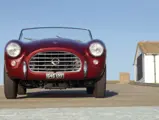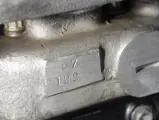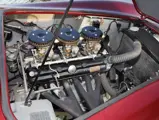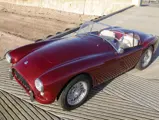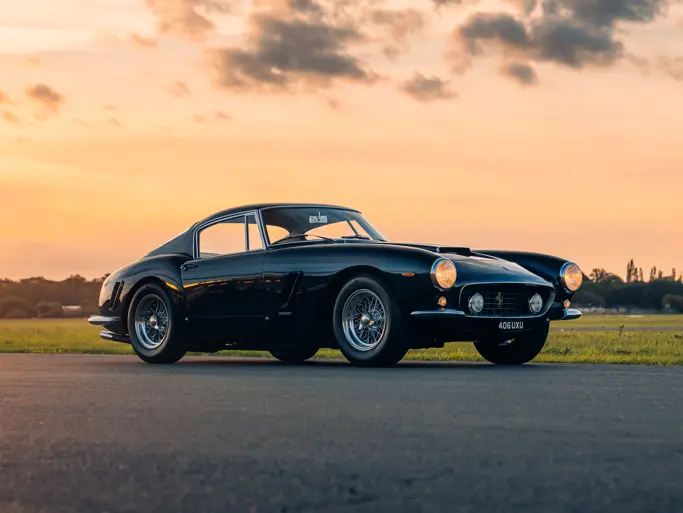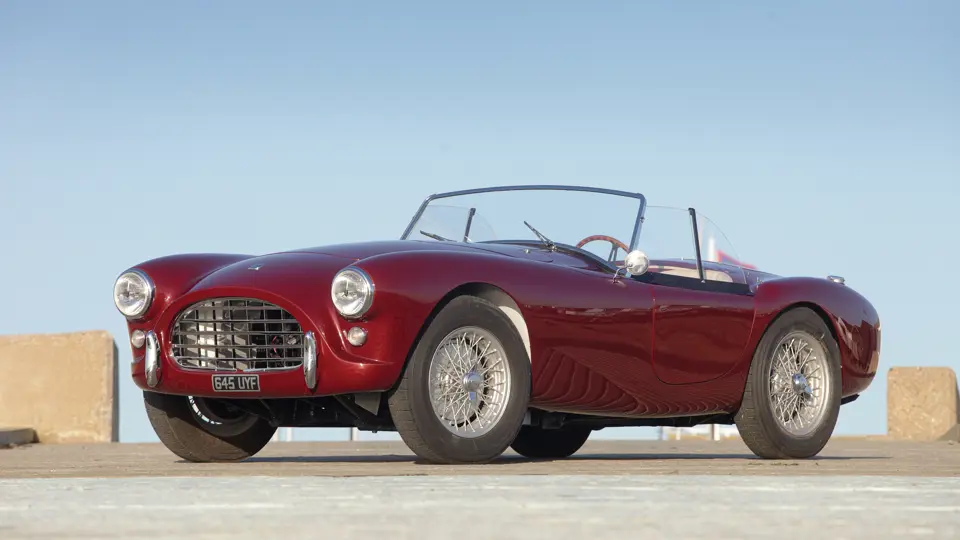
1957 AC Ace-Bristol
{{lr.item.text}}
€224,000 EUR | Sold
{{bidding.lot.reserveStatusFormatted}}
- The last “long boot” Ace-Bristol
- Originally delivered in Hawaii
- Freshly restored with an original “D” engine
- Mild-engine blueprinting and tuning for improved performance
- La dernière Ace Bristol à « coffre long »
- Livrée à l'origine à Hawaï
- Récemment restaurée, avec son moteur « D » d'origine
- Légère préparation moteur pour améliorer les performances
Please note that this car was built in 1957, but first registered in 1958.
Please note UK V5 registration document is currently in transit, and will be offered upon receipt.
Est. 120 bhp, 1,971 cc Bristol six-cylinder engine, four-speed manual transmission, independent front and rear suspension with transverse semi-elliptic leaf springs, and front disc and rear drum hydraulic brakes. Wheelbase: 2,286 mm.
Moteur six-cylindres en ligne Bristol, 1 971 cm3, 120 ch env., boîte manuelle quatre rapports, suspension avant et arrière indépendante avec ressorts à lames transversaux, freins à disques à l'avant et à tambour à l'arrière. Empattement: 2 286 mm
The Ace, which was based on a sports racing car designed by John Tojeiro, was introduced at the London Motor Show in October 1953, and it remains the signature product of the AC marque. It was equipped with four-wheel independent suspension and sleek bodywork, which was reminiscent of contemporary Ferrari Barchettas. The Ace garnered praise from magazine testers, including John Bolster of Autosport, who wrote, “The machine does all the right things all the time”. He continued with “no emergency or advanced driving technique will ever catch it on the wrong foot”.
In 1956, the highly regarded 1,971-cubic centimetre Bristol six became available, upgrading the standard Ace to Ace-Bristol specification. This state-of-the-art power unit initially produced 103 horsepower, which rose to 125 in its ultimate D2 specification, and it could trace its origins back to BMW’s advanced pre-war 328 design, which helped make it successful in racing well into the 1960s.
Bristol-powered Aces were brilliant in competition, winning three successive SCCA E-Production Championships between 1957 and 1959, followed by two D-Production Championships in 1960 and 1961. The Ace-Bristol also scored very well at Le Mans, where it finished 2nd in class in 1957 and 1958 and achieved a sterling class victory and 7th overall in 1959. This performance no doubt left an impression on overall 1959 Le Mans Champion Carroll Shelby, who later created his own 289 and 427 Shelby Cobra derivatives of the classic Ace.
According to Tim Isles of the AC Registry, the car offered here left the factory in Thames Ditton on 6 March 1957, and at that time, it was fitted with Bristol engine 100D 595, which it still retains today. It was shipped to Motor Imports, of Honolulu, Hawaii, and is believed to have been one of only a few Ace-Bristols sent to the Aloha State. Of note is that chassis number BEX 266 was the last Ace-Bristol by number to be fitted with the “long boot”, which allowed for more luggage room.
The present European owner acquired the car as a complete project from the family of the owner who had possession of it since 1973; this previous owner had planned to restore the car but never got around to finishing the job. Its original body was removed from the frame, stripped, and carefully refinished in the correct factory colour of Rouge Iris, whilst the interior was reupholstered in white leather, with red carpets, a red top, and a red tonneau cover. The engine was rebuilt using a specially forged steel racing crankshaft, Arrow connecting rods, forged pistons, and a blueprinted head, and it can reportedly produce more than 120 horsepower.
This is a dramatic, elegant, and sporting Ace-Bristol that is ideal for fast travel in high style.
L'AC Ace, qui était dérivée d'une voiture de sport conçue par John Tojeiro, a été présentée au Salon de Londres d'octobre 1953, et elle est restée ensuite le produit-phare de la marque. Elle était équipée d'une suspension à quatre roues indépendantes et d'une carrosserie élancée, proche des barquettes Ferrari de la même époque. L'Ace recevait les louanges des magazines, dont Autosport où John Bolster écrivait : « Cette machine effectue toutes les bonnes manœuvres au bon moment ». Il poursuivait avec « aucune situation d'urgence ni aucune technique particulière de conduite ne la prendra jamais en défaut ».
En 1956, l'excellent six-cylindres Bristol 1 971 cm3 devenait disponible, faisant passer la voiture aux spécifications Ace Bristol. Ce moteur brillant, dont les origines sportives remontaient à la BMW 328, développait à l'origine 103 ch. Cette puissance passait à 125 ch dans l'ultime configuration D2, ce qui lui permettait de remporter d'excellents résultats en compétition jusqu'aux années 1960.
Les Ace à moteur Bristol se sont montrées brillantes en course, remportant aux États-Unis trois championnats SCCA en catégorie E-Production, de 1957 à 1959, suivis par deux titres en catégorie D-Production en 1960 et 1961. Les AC Bristol se sont également très bien comportées aux 24 Heures du Mans, avec une deuxième place de catégorie en 1957 et 1958 et une victoire de catégorie en 1959, combinée à une septième place au classement général. Ces performances ont sans nul doute fait forte impression sur Carroll Shelby, vainqueur des 24 Heures du Mans 1959, qui allait par la suite créer les Shelby Cobra 289 et 427 dérivées de la classique AC Ace.
D'après Tim Isles, de l'AC Registry, la voiture proposée ici a quitté l'usine de Thames Ditton le 6 mars 1957, avec le moteur Bristol 100D 595 qui l'équipe encore aujourd'hui. Elle était ensuite expédiée à Motor Imports, à Honolulu, Hawaï, et fait partie des rares AC Bristol envoyées sur l'État d'Aloha. Par ailleurs, le numéro de châssis BEX 266 correspond au dernier attribué à une Ace Bristol équipée du « coffre long », plus vaste pour les bagages.
L'actuel propriétaire, européen, a acheté la voiture comme projet de restauration à la famille du précédent propriétaire. Celui-ci la détenait depuis 1973 et avait prévu de la remettre en état mais n'était pas arrivé au bout des travaux. Après la transaction, la carrosserie d'origine a été déposée, décapée et soigneusement repeinte avec la teinte d'usine conforme, Rouge Iris, l'intérieur recevant une sellerie en cuir blanc avec moquettes, capote et couvre-tonneau rouges. Le moteur bénéficiait d'une restauration et recevait un vilebrequin compétition en acier forgé, des bielles Arrow, des pistons forgés et une culasse optimisée. Ainsi préparé, il développerait une puissance de 120 ch.
Il s'agit d'une AC Ace Bristol élégante, sportive et spectaculaire, idéale pour voyager vite et avec style.

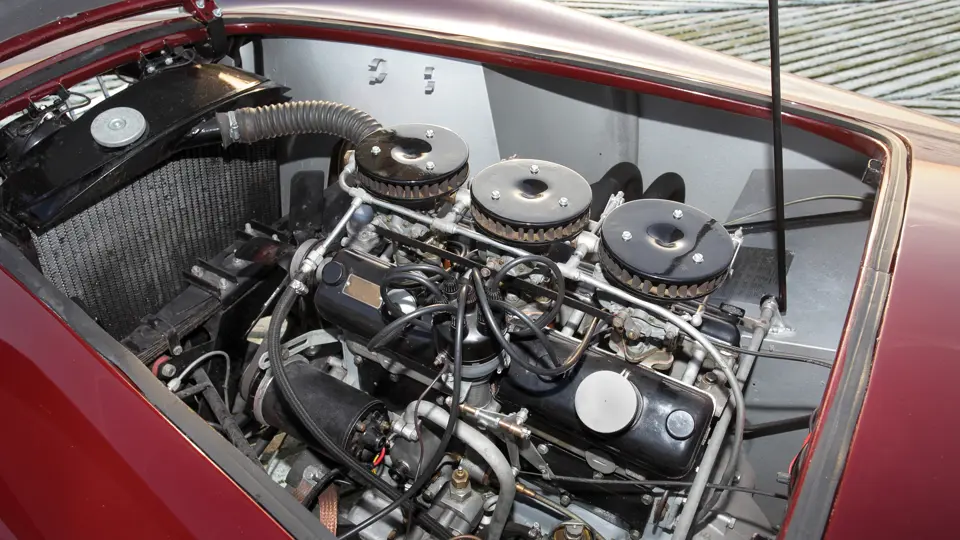


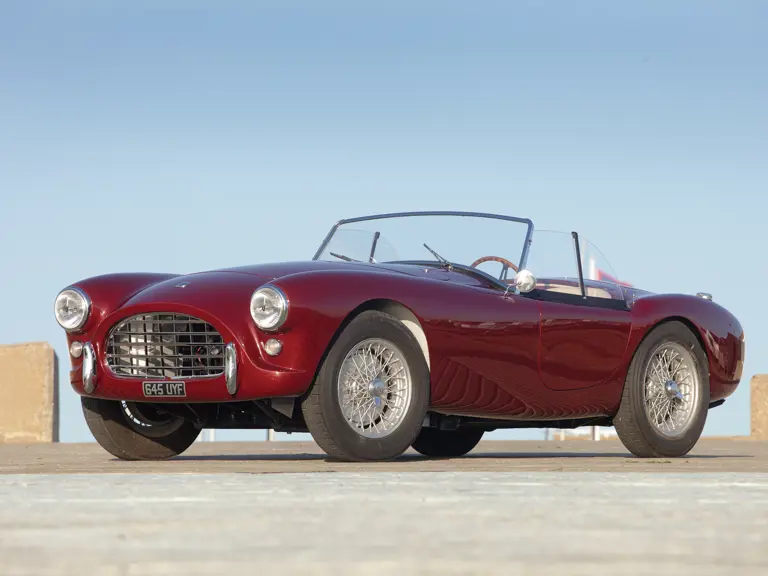
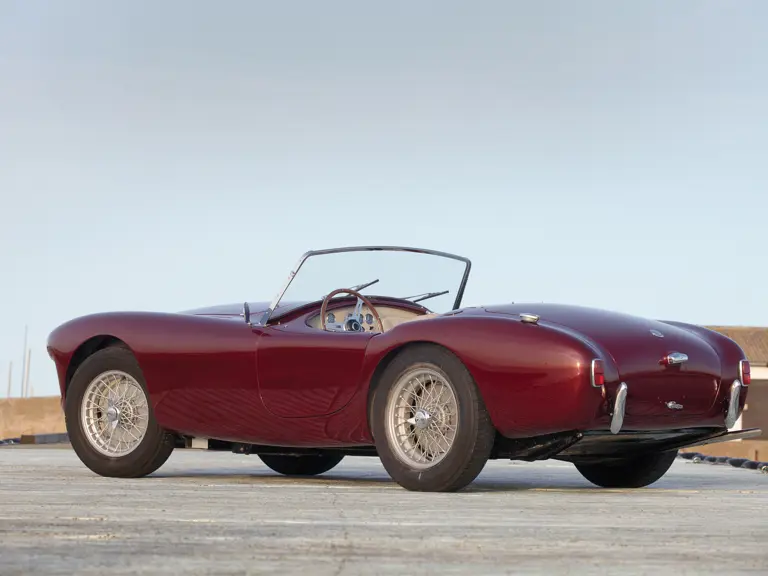
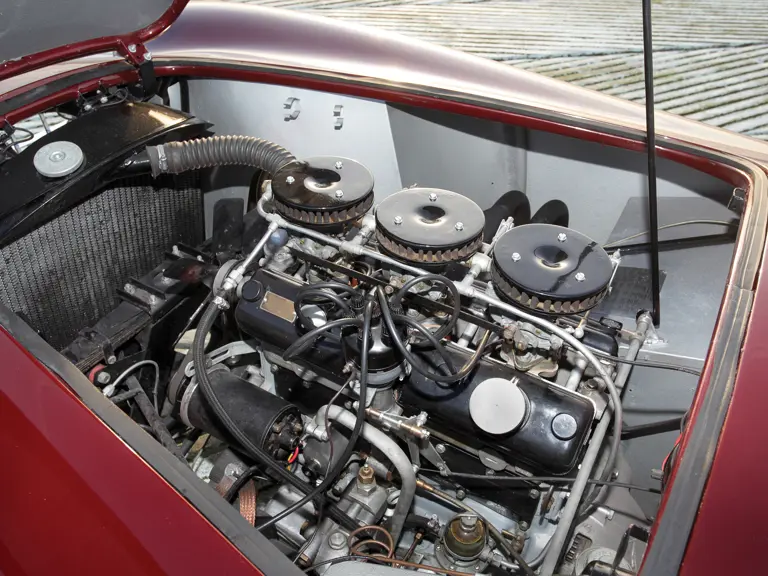

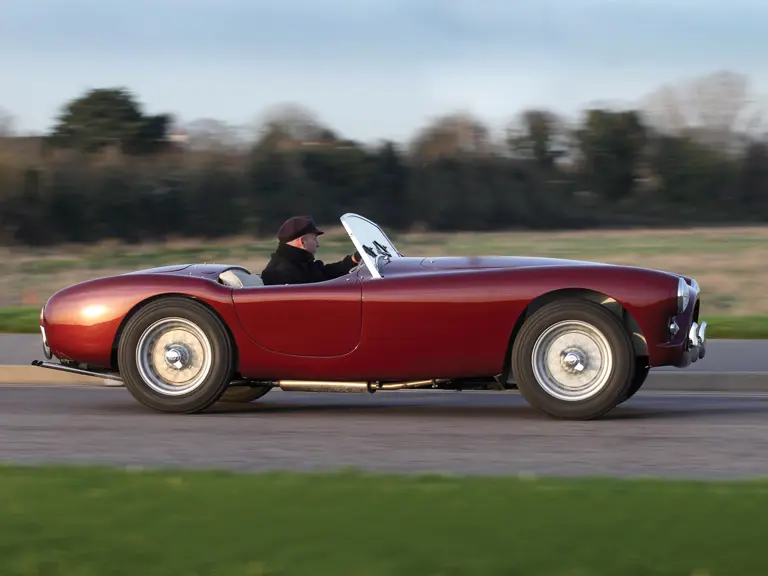

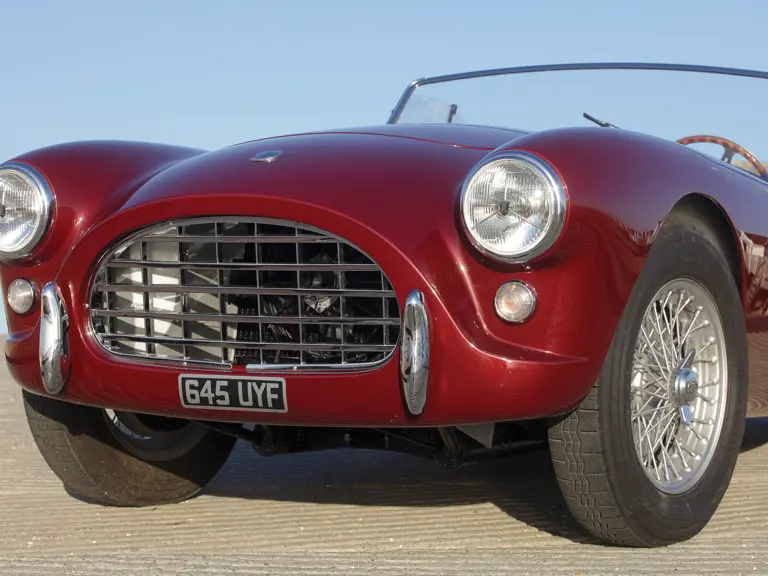

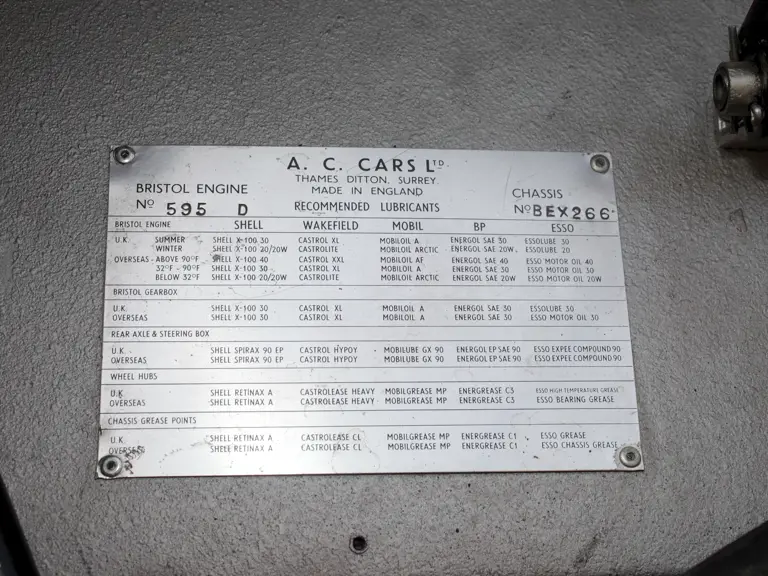
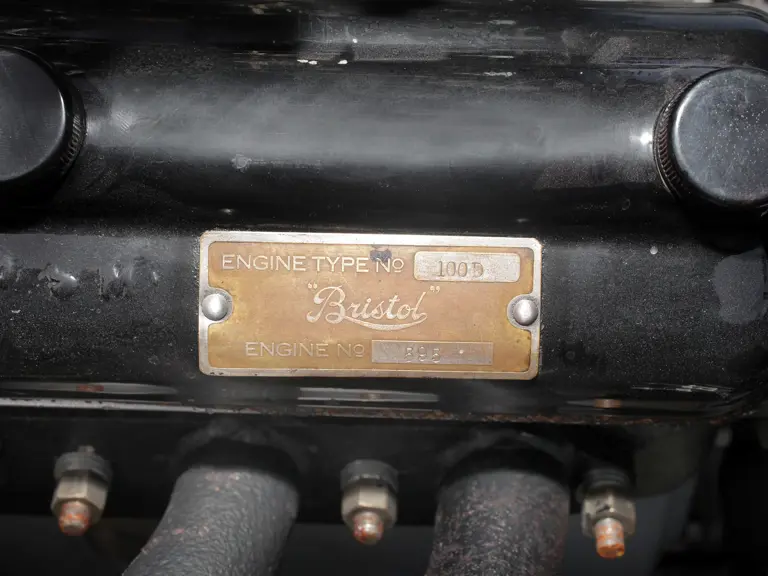

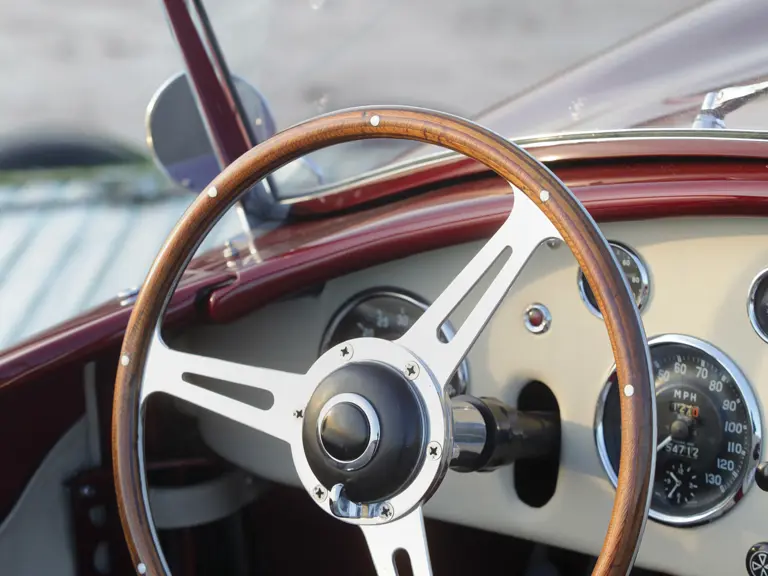
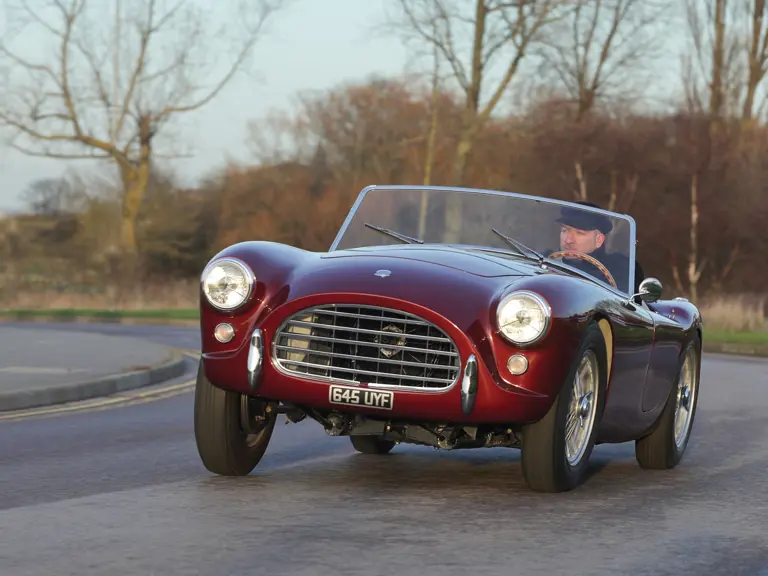
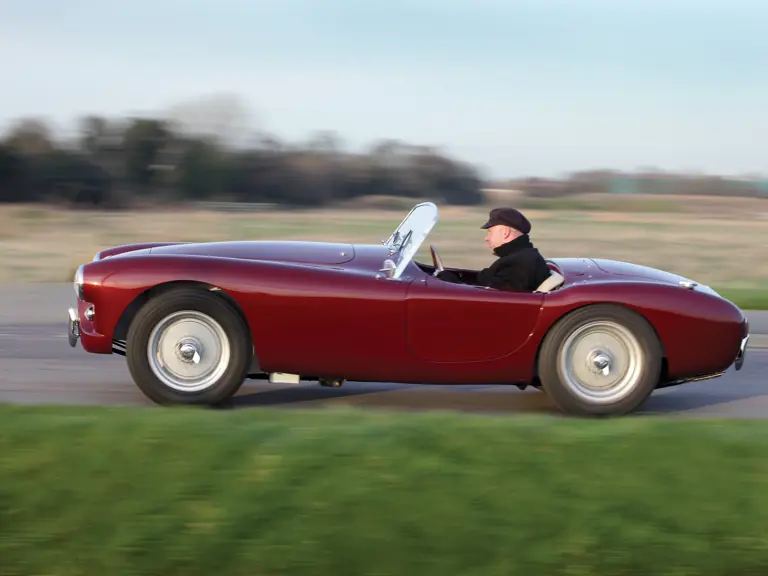
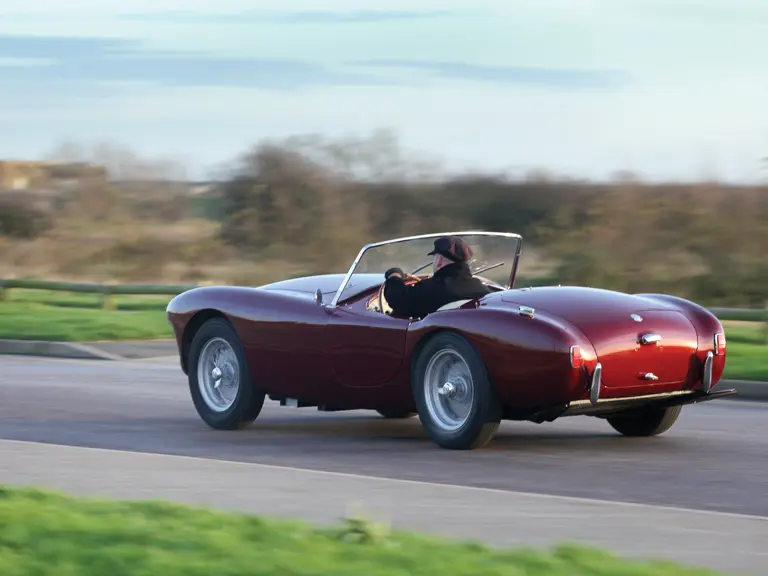
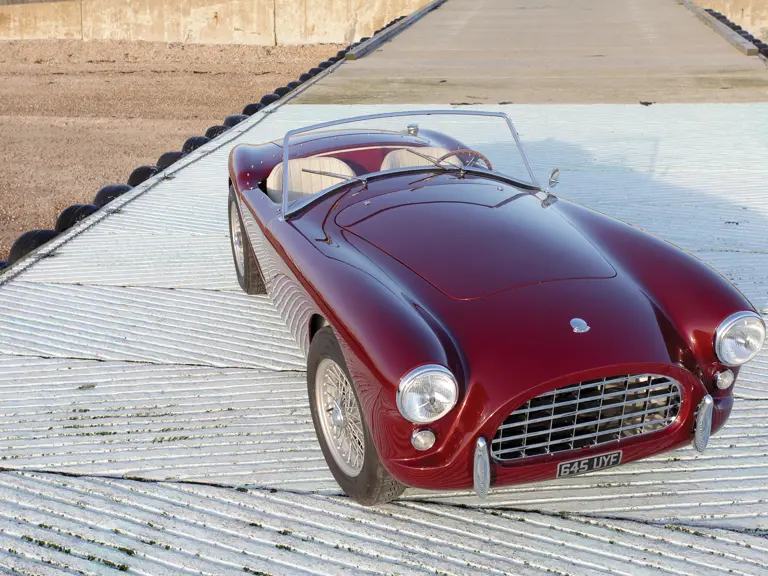
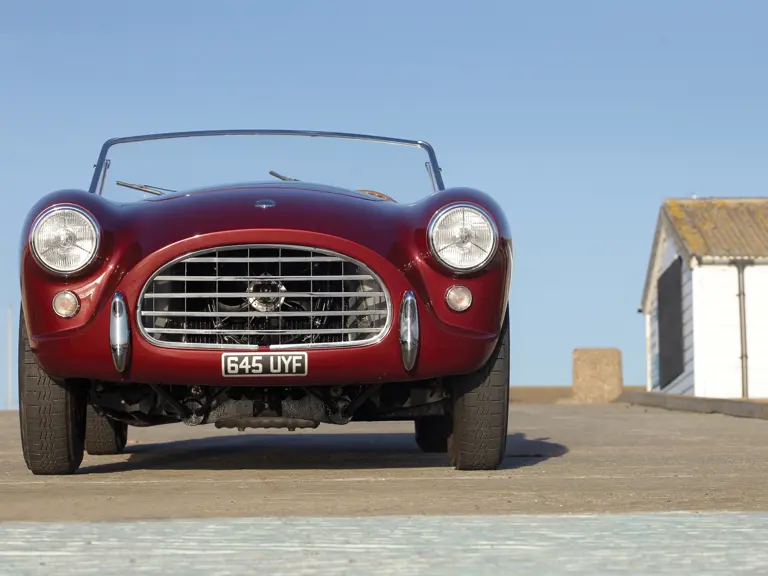
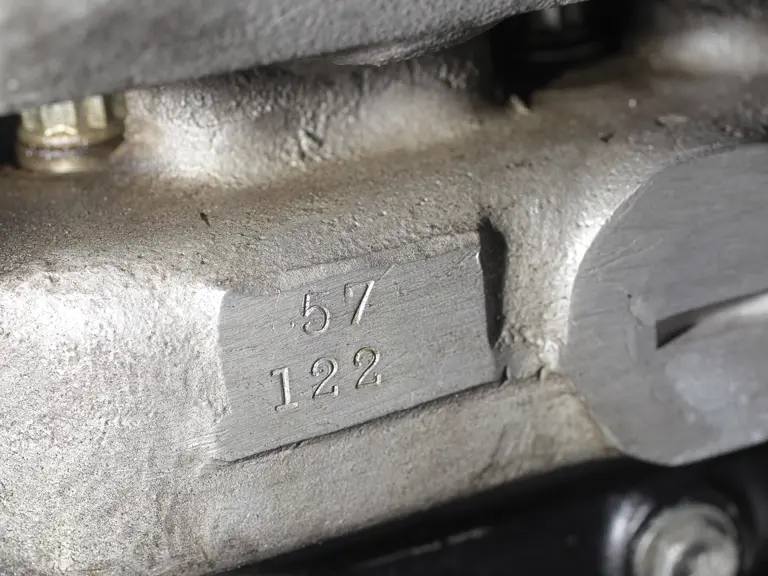
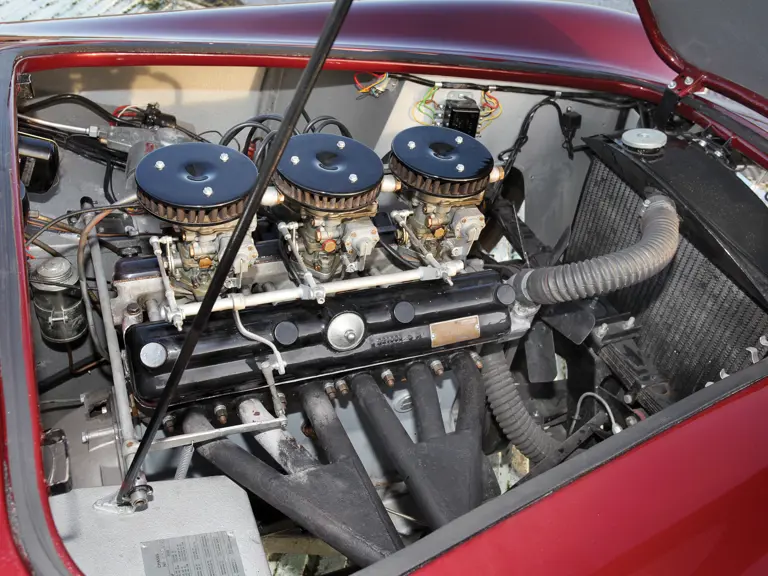
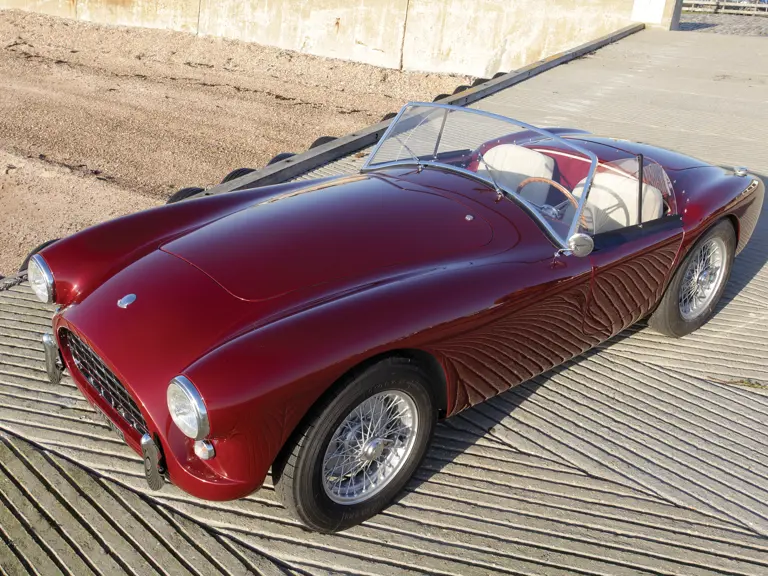
 | Paris, France
| Paris, France
